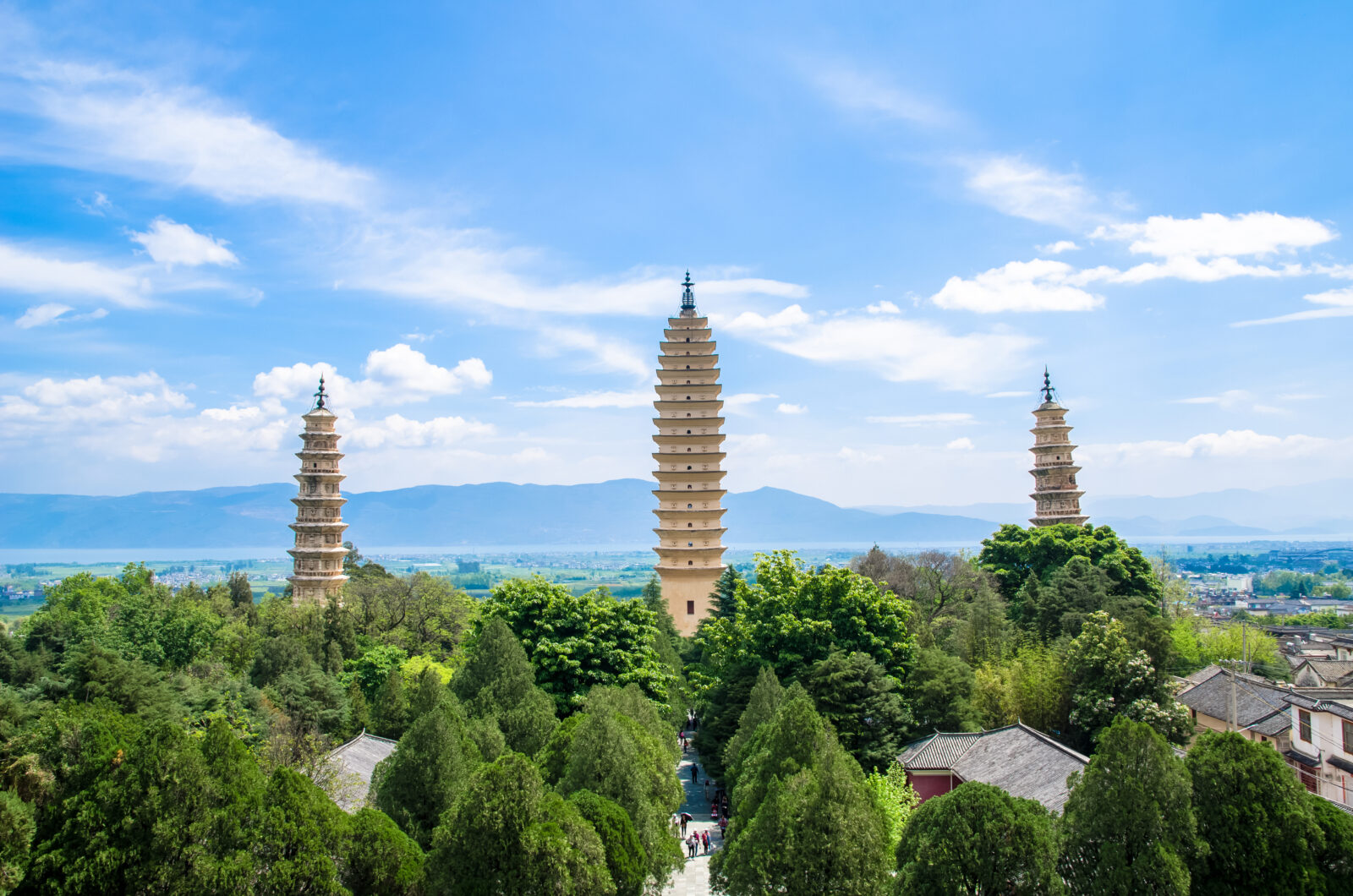Yunnan, The Birthplace of Tea, Offers a Wealth of Tourist Attractions
Visiting China today is quite a trial, thanks to COVID-19. But soon — we certainly hope — it once again will require little more than booking flights and planning itineraries.
One region we are eager to explore is Yunnan Province in southern China, a California-sized sprawl of mountains, plains, rivers and forests that offers distinct ethnic diversity, beautiful scenery, laid-back and rural lifestyles and great food.
It’s also the birthplace of tea, and for tea fanatics (hands raised), the province contains historic tea farms and ancient tea trees. Many groups offered Yunnan tea tours prior to COVID; we trust these will return again soon. One common stop among tea lovers is Puerh City, which is at the center of the trade in Yunnan’s most famous tea, fermented pu-erh.
Detailing the many attractions worth visiting in Yunnan could fill a book. For this tour of the province, we will focus on a handful of must-see points of interest.
The Stone Forest
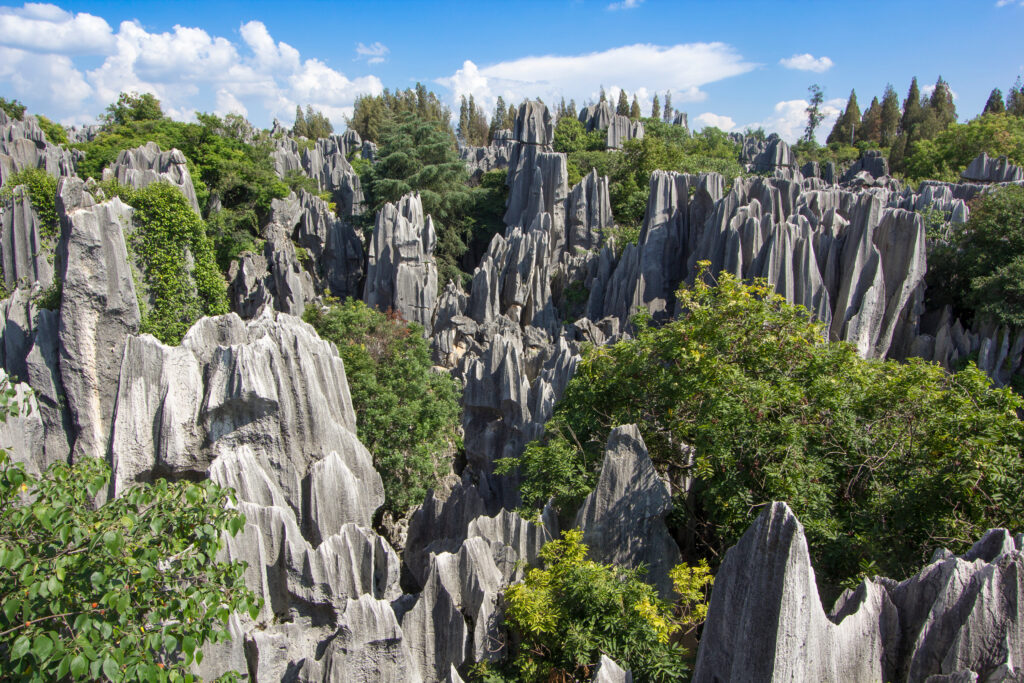
Plan a trip to Yunnan’s Stone Forest, the only karst stone forest in a subtropical plateau region in the world, for immersion in a spectacle of geologic splendor. Experiencing the glory of the Stone Forest doesn’t require epic drives or treks. In fact, it’s so pristine and tidy it’s also known as the “Stone Forest Museum,” as it’s all essentially on display within a small area — just five square miles.
The “trees” in the forest are huge stone formations, formed after millions of years of erosion. With shapes like columns, cones, mushrooms, animals, plants, pagodas and even humans, the Stone Forest is one of the most sought-after attractions in Yunnan.
In addition, the Naxi and Yi people call the Stone Forest area home. These ancient people have lived in the mountainous regions for centuries. Any visit to the Stone Forest should include the enjoyment of the folk customs of these ethnic minorities.
Dianchi Lake
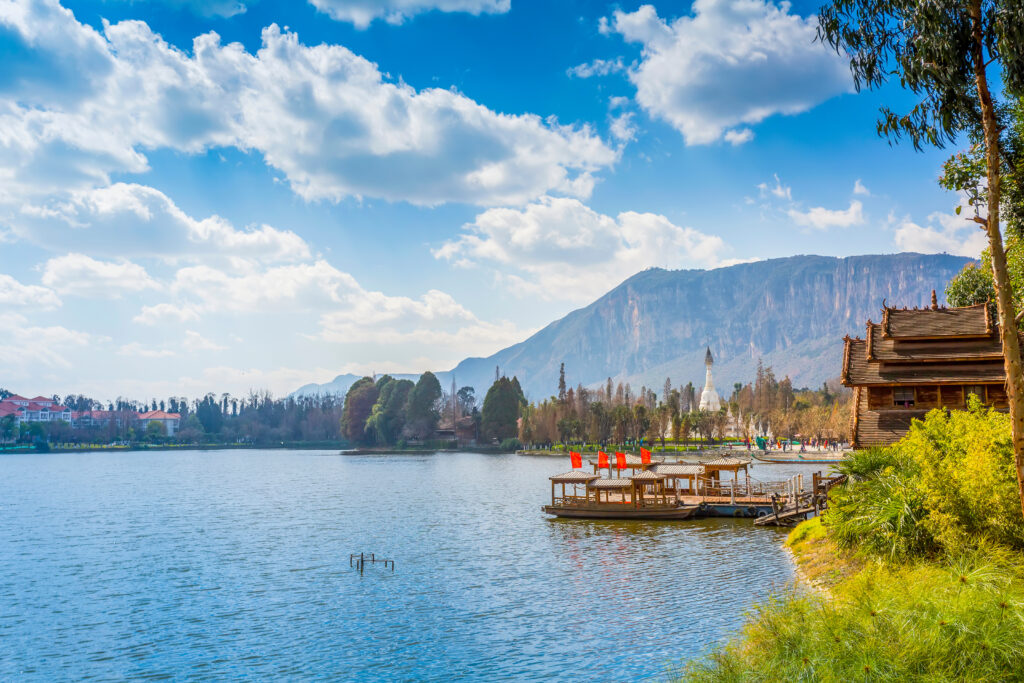
With clear water reflecting surrounding mountains and blue sky, Dianchi Lake is one of China’s 12 national-level tourist resorts. The 118-square-mile lake, the largest in Yunnan and eighth largest in China, is also known as “Sparkling Pearl Embedded in a Highland,” a name that suggests the appearance of the lake — as a pearl in a mountain setting.
The lake encompasses numerous areas, including Haigeng Park, which features a natural swimming pool attracting thousands of visitors a day during summer. The Yunnan Folk Custom Village enlivens the area, too, a community of the Yi, Dai and Bai ethnic minorities that invites visitors to experience their cultures.
Yuanyang Rice Terraces
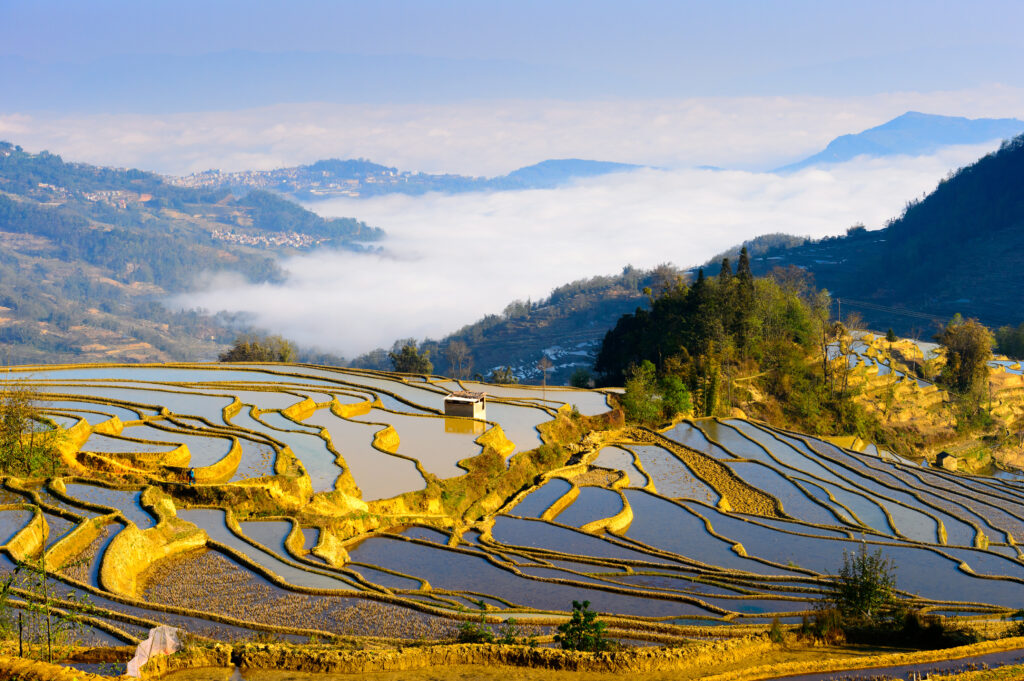
The famous Yuanyang rice fields, engineering marvels created by the Hani ethnic minority, have deep roots — thousands of years — in Yunnan. Together, they create a mosaic of color and shape. Given the degree to which the fields are visually arresting, they serve as candy for photographers.
A visit to the fields also introduces tourists to the culture of the Hani people, who live in mushroom-shaped houses and were built to complement the surrounding mountain landscape.
Lijiang Old Town
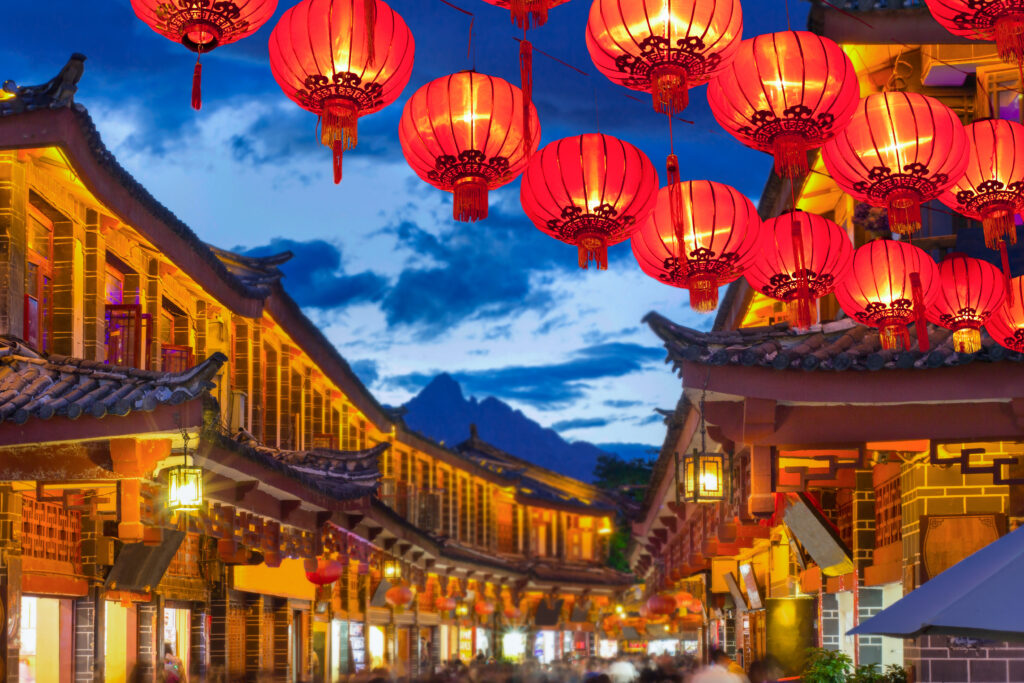
Listed as a UNESCO World Heritage Site, Lijiang Old Town served as a trading post for merchants hauling goods along the Ancient Tea and Horse Road. Lijiang is immensely popular with tourists, who come to tour an historic village blending elements from different nearby cultures — Han, Tibetan, Naxi, Yi and Bai.
Cobbled streets, stone bridges, canals dotted with water wheels and lined with flowers characterize Lijiang. Visitors will find shops, cafes and hotels everywhere, as well as museums and beautiful parks.
Tiger Leaping Gorge

One of the deepest gorges in the world, Tiger Leaping Gorge enthralls visitors with snow-capped peaks and the cascading Jinsha River, which is part of the Yangtze River. Among other things, ambitious hikers head to the area for the Tiger Leaping Gorge Trail, known as one of the world’s great treks, a hike that climbs down into the gorge and follows the roaring river.
Another advantage of visiting Tiger Leaping Gorge is exposure to the culture of the Naxi people, one of the 25 official ethnic minorities that call Yunnan home.
The Three Pagodas
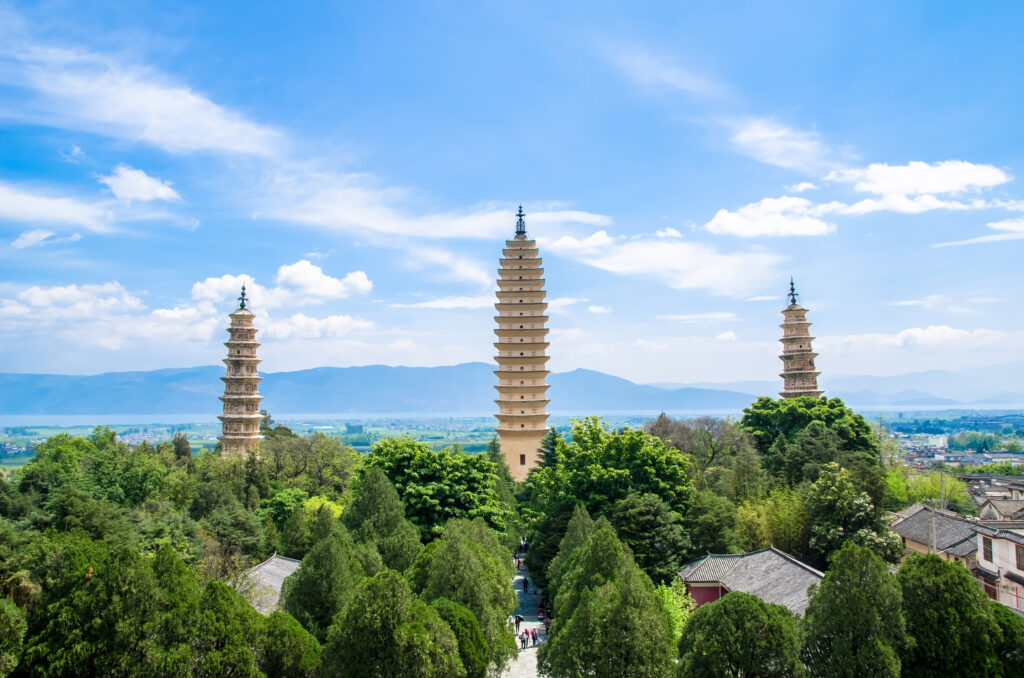
We know from structures like the pyramids in Egypt and Aztec plazas and temples that ancient people could be impressive engineers. In China, the well-preserved Three Pagodas of Dali demonstrate engineering savvy stretching back 1,100 years ago.
The tall (16 stories), cream-colored pagodas, arranged in the shape of a triangle, draw tourists from around the world with their delicate beauty. Visiting them also invites stops at the Jinding Temple in the city of Dali, an arresting Buddhist temple that is a short walk from the pagodas.
Shangri-La
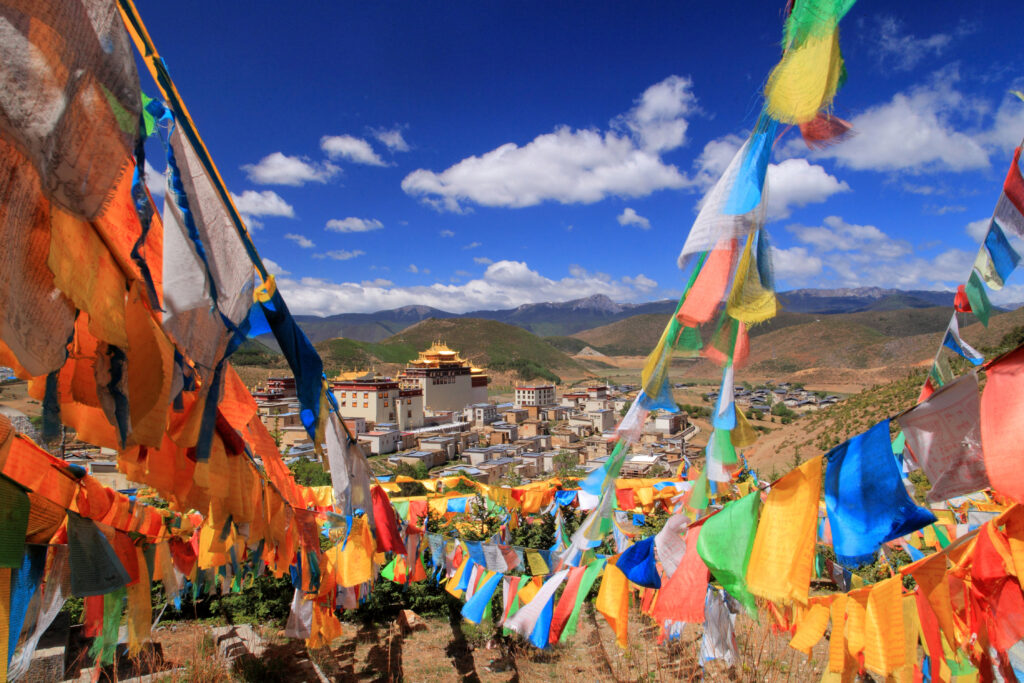
At 11,300 feet in elevation, 1,300-year-old Shangri-La, meaning “a land of sacredness and peace” in Tibetan, is a stirring site, steeped in Tibetan Buddhist culture and noted for sweeping mountain views.
The area, with its clear lakes, deep gorges, awe-inspiring mountains and dense forests, attracts people from around the world seeking natural beauty and exposure to Tibetan culture. More than 20 ethnic groups call Shangri-La home, with Tibetans comprising most of the population.
This offers a small slice of Yunnan’s many tourist treasures. Once travel becomes easier again, we will return to Yunnan and explore its fascinating nooks. Until then, though, we will engage with the province through its tea.
Yunnan Tea: Black Dragon Pearl
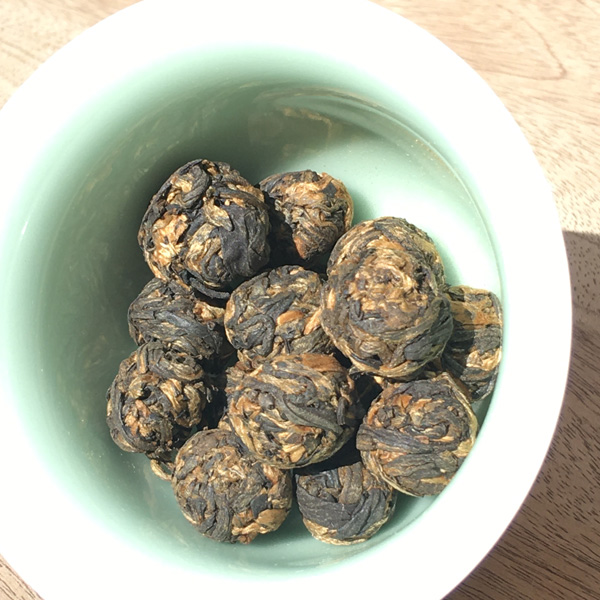
As the birthplace of tea, Yunnan Province enjoys ancient tea history and a wide variety of tea styles.
Black Dragon Pearl is exceptionally unique, a black tea that is handpicked by tea artisans and rolled into pearl shapes. This tea is smooth and malty, with hints of cacao and spice.
One of the Black Dragon Pearl’s attractions is visual. To brew, drop a few pearls into a pot, pour hot water over them, and watch the pearls unfold in the liquid.
Yunnan Tea: White Crescent Pu-erh
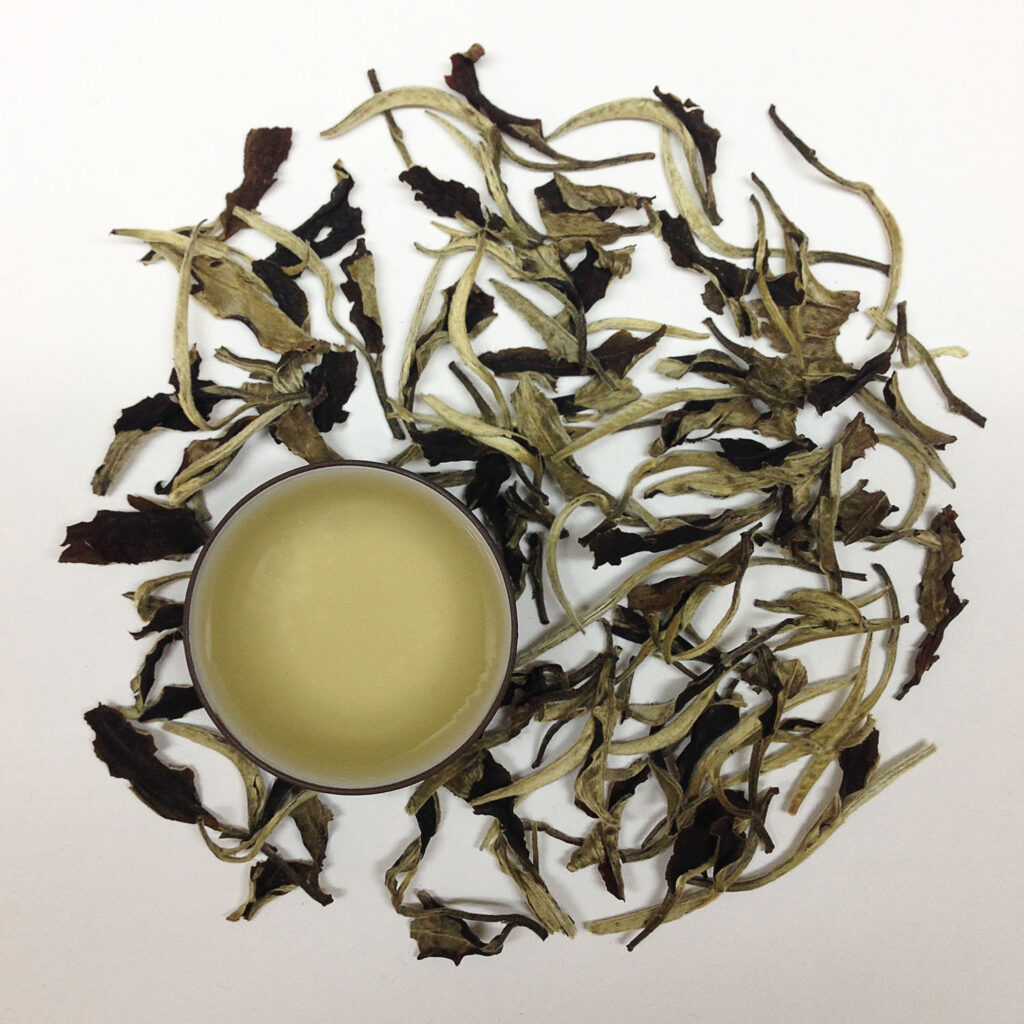
Pu-erh, Yunnan Province’s famous fermented tea, comes in a variety of styles. Our White Crescent pu-erh, from Yunnan’s Puerh City, is unique in that artisans craft it out of white tea, rather than black, green or oolong.
White Crescent Pu-erh is made exclusively from the most tender and young tea leaves, the shape and color of which reminds people of light from a white crescent moon. The taste is naturally sweet and rich, without bitterness.
Yunnan Tea: Golden Memory Cake
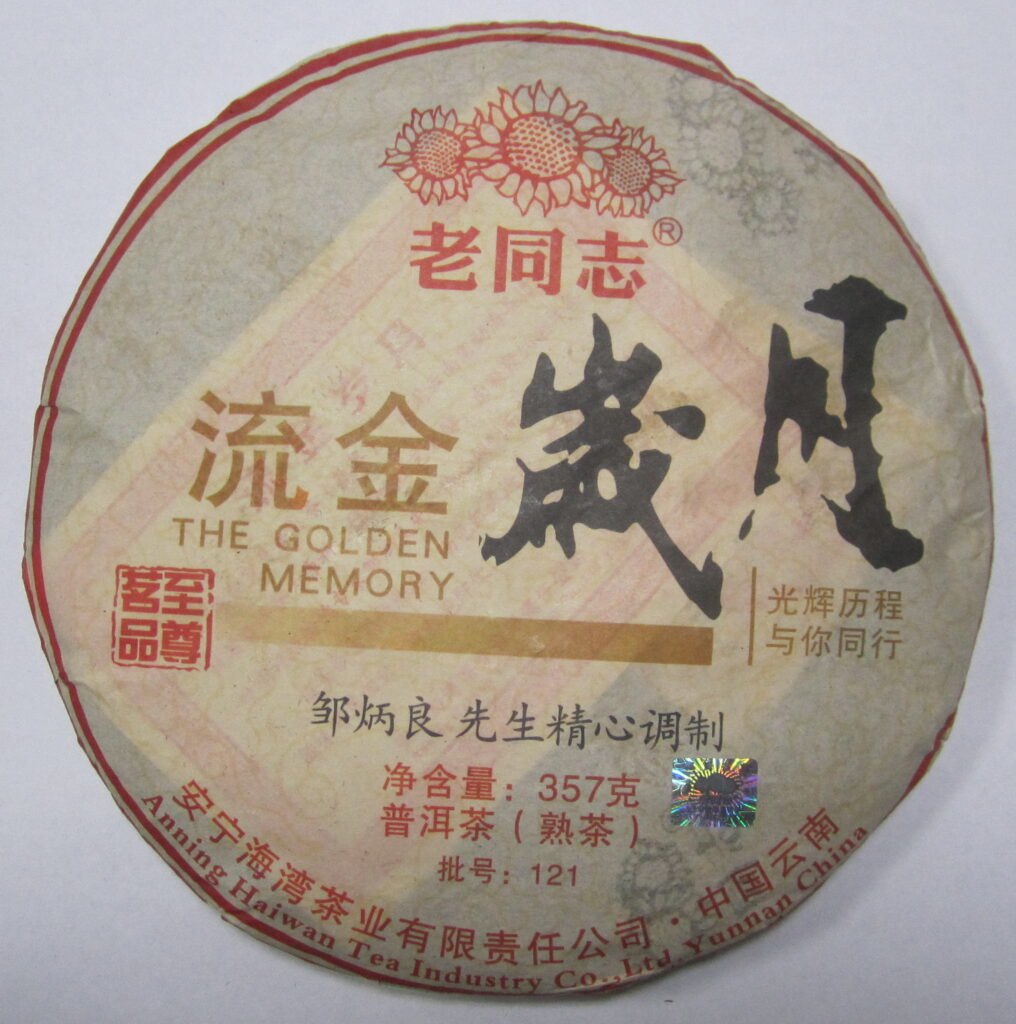
Well-known tea artisans craft some of Yunnan’s most esteemed pu-erh teas. We are proud to carry Golden Memory Cake, a ripe pu-erh created by Mr. Zhou Bin Liang from Yunnan’s Menghai County.
This glorious tea brews dark, clean and rich, with flavors of roasted grains. It offers a smooth and multi-layered mouth-feel and pleasing “Hui Gan,” or sweet aftertaste.

